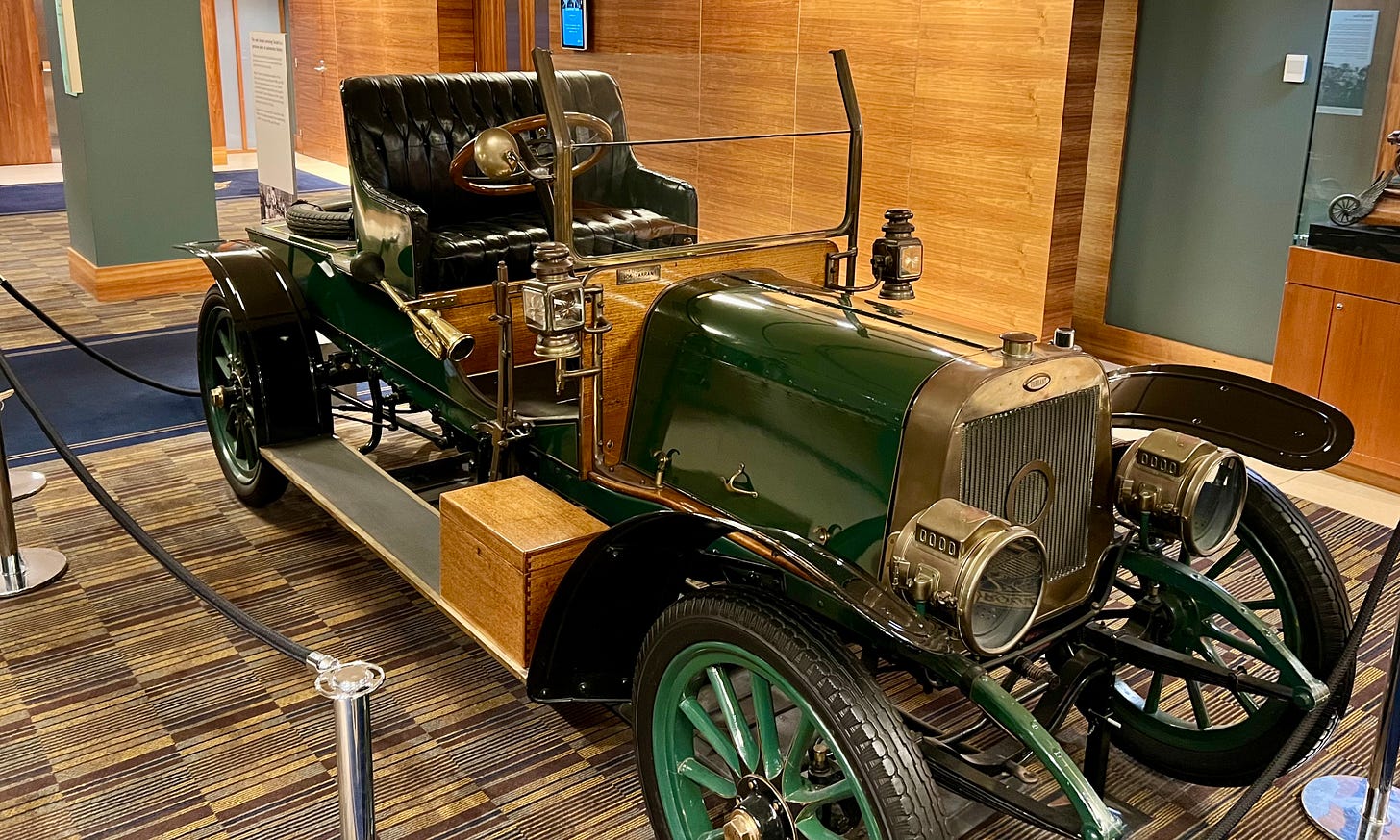
In April, I had a speaking engagement in Charlotte. Rather than take a taxi or Uber and be stuck at the hotel, I decided to rent a car. I always rent from Hertz, and as a loyal customer, I can often choose from a row of cars and pick one that I like. I usually pick sedans, and I generally opt for Toyotas if they are available. But on that morning in April, I decided to try a Chevrolet SUV.
I stowed my luggage in the back seat, got in the driver’s seat, fastened my seatbelt, pushed the starter button, and then...nothing.
I spent at least two minutes, maybe more, trying to get the thing to move. There was no shift lever on the center console. No shifter on the steering wheel, nothing that indicated what I should push or twist to get the damn thing into motion. Swearing at high volume did not help. Believe me, I tried.
Now, let me be clear: My intelligence level is average, at best. That said, I have driven a lot of motor vehicles in my life. As a teenager, I worked at a truck rental company. I learned how to drive all kinds of big trucks. I can drive manuals and automatics. I am reasonably handy with a socket wrench. I have rented dozens, maybe hundreds, of cars from Hertz and other rental companies over the past three decades. This was the first time I had ever been stumped by such a poorly designed automobile. After cursing every engineer at General Motors — and every product manager at that misbegotten company — I gave up on the Chevy.
I grabbed my bags, tossed them in the nearest Camry, and was on my way within 90 seconds, maybe less.
I bring up that experience to illustrate a point I’ve made before: new cars stink.
The vast majority of them are too expensive, too complicated, and have too many irritating gadgets. Whether it’s a lane-correction system that fights for control of the steering wheel, a safety system that hits the brakes when I don’t want it to, flashing lights on the side mirrors warning me that there’s a car next to me (duh!), or an alert on the dash that tells me after an hour or so that I’ve been driving too long and need to talk to a therapist about my anger issues, new cars usually piss me off.
As I explained in these pages last September, I like older cars. The youngest vehicle in our driveway is a 2012 Acura TSX. Our oldest is a 2005 4Runner. We put a new engine in the 4Runner two years ago. It now has more than 250,000 miles on the odometer, and we plan to drive it until the wheels fall off.
Lest you think I’m just a cranky old man (which I am), rest assured, I’m not alone. As Dan Neil explained recently in The Wall Street Journal, new car sales in the US have been declining since 2016. The reasons he cites rhyme with my experience: new cars are too complex, too expensive to buy, and too expensive to maintain. Garage repairs, Neil notes, are up 43% over the past six years. Meanwhile, the average price for a new car is now nearly $49,000. That’s an astonishing sum, given that I bought the TSX in 2012 when it was brand new for $33,000.
It’s no surprise that Americans are keeping their cars longer. As S&P Global Mobility reported in May, the average passenger car in the US is now 14.5 years old, a record. That’s important to remember this holiday weekend, when a record number of Americans will be traveling by car (or pickup truck) to celebrate Independence Day, and about 97% of those vehicles will be burning gasoline.
Here's another look at the Lindy Effect (with three charts) and why US oil demand will remain strong for many years to come.
Keep reading with a 7-day free trial
Subscribe to Robert Bryce to keep reading this post and get 7 days of free access to the full post archives.




